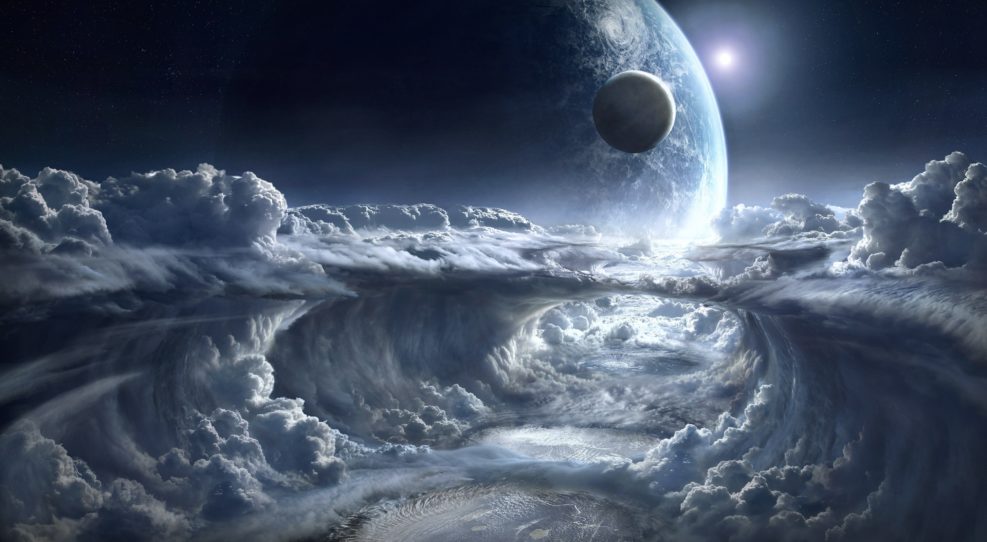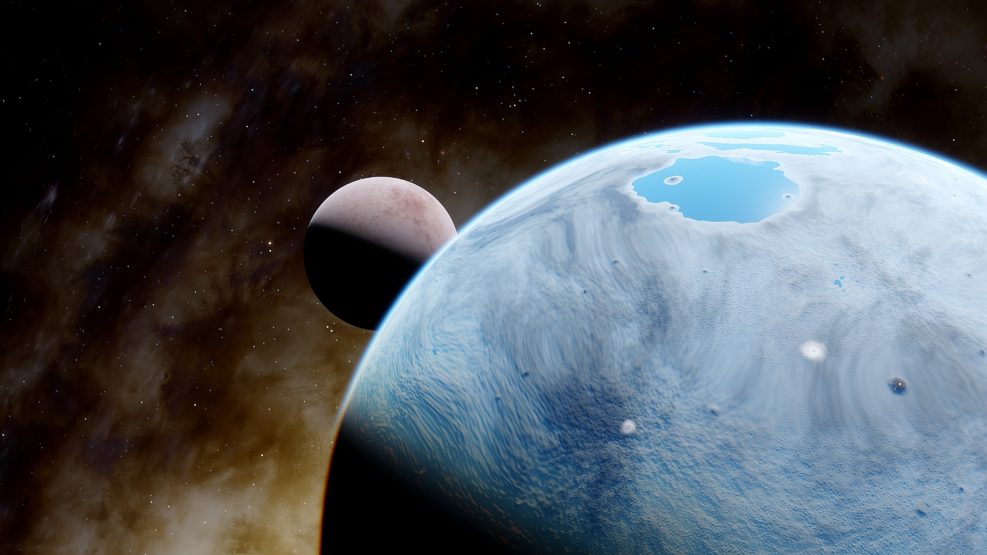
News From the Search for Extraterrestrial Life 4
Just as much promising data about habitable planets is streaming in from the telescopes, pioneer ET astronomer Frank Drake has diedLots of places to look: From Universe Today: To date, 5,084 extrasolar planets have been confirmed in 3,811 planetary systems, with another 8,912 candidates awaiting confirmation. (Matt Williams, September 9, 2022) Planets with water have been in the news: According to a new study, “… it turns out that water-rich worlds are far more common in the Milky Way Galaxy than we first thought… ” – Jerusalem Post (Aaron Reich, September 9, 2022) The paper requires a fee or subscription. “A new type of exoplanet — one made half of rock and half of water — has been discovered around the most common stars in the universe, which may have great consequences in the search for life in the cosmos, Read More ›
